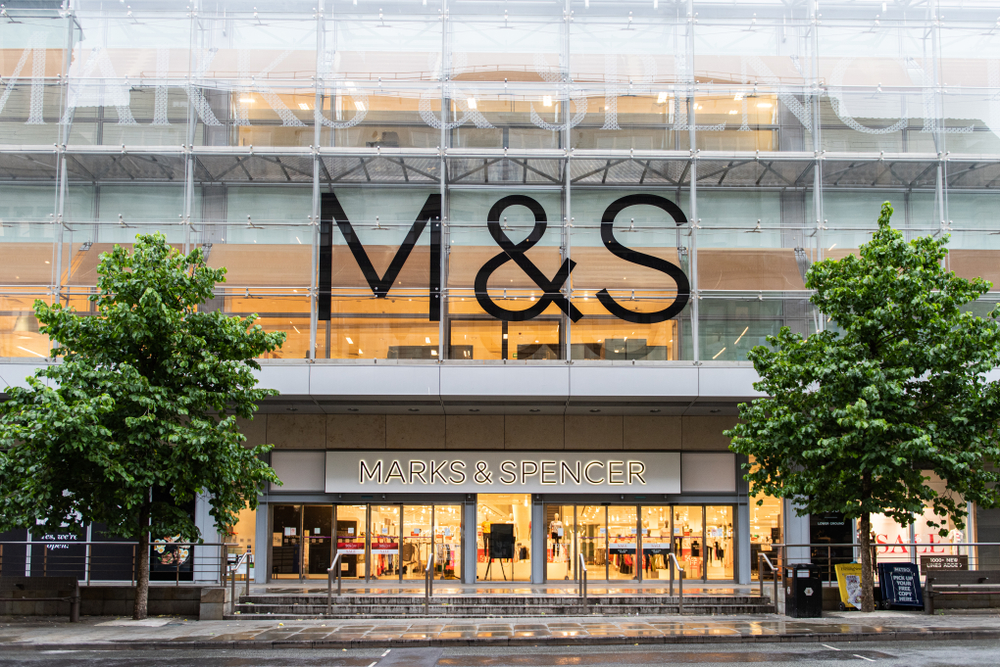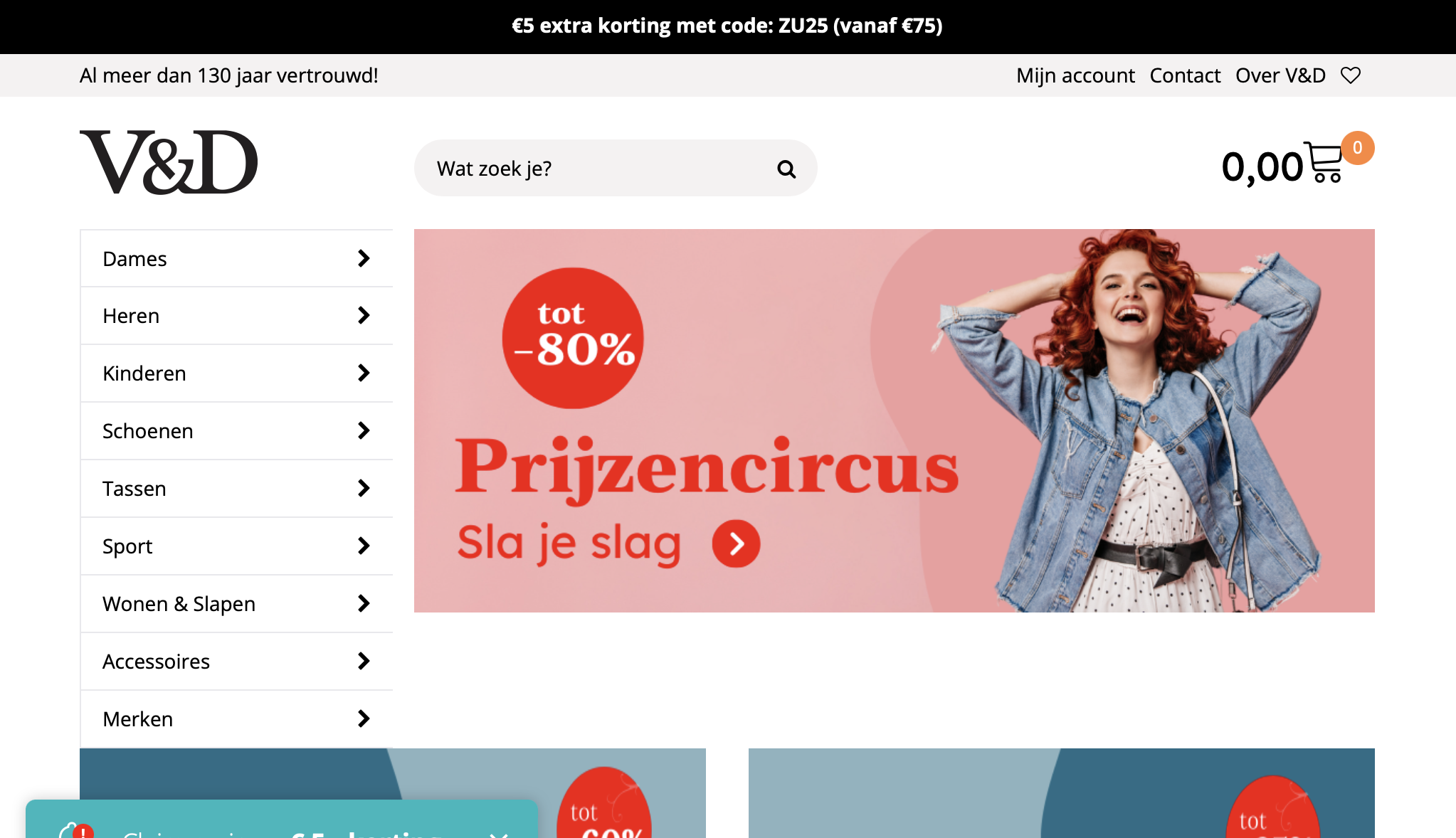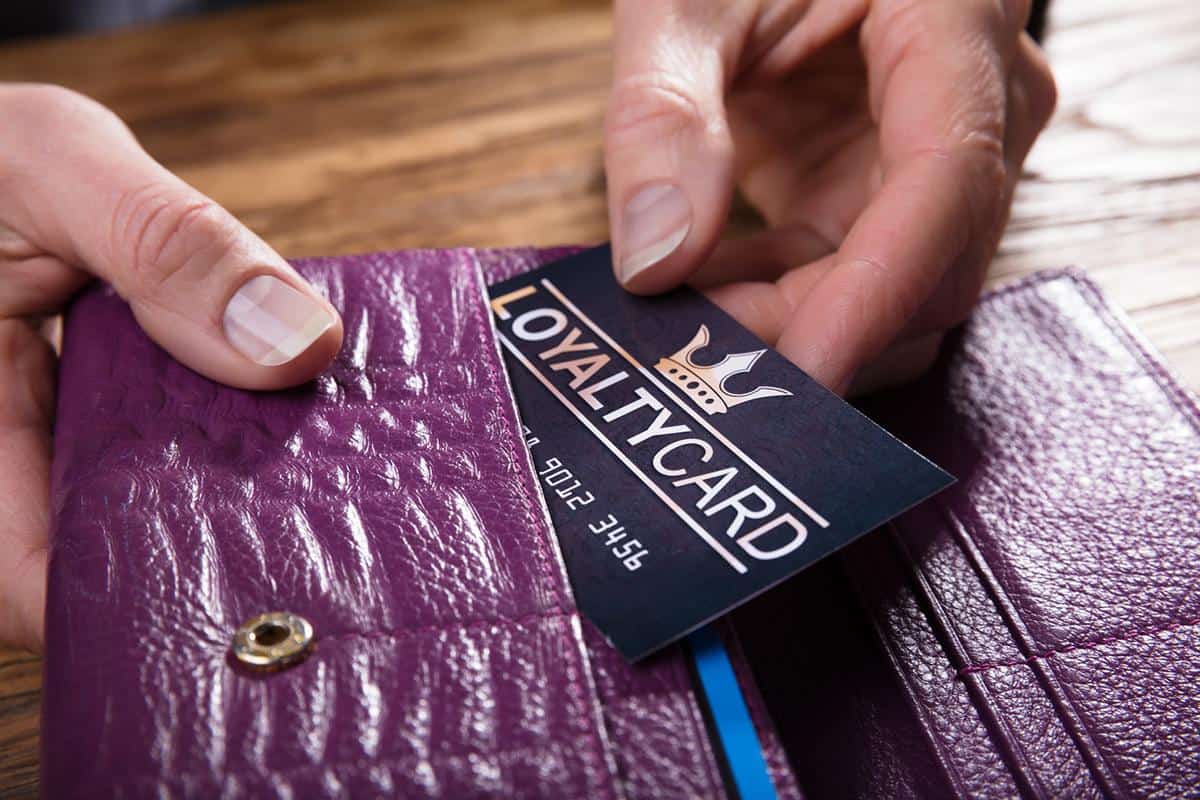With everyone shopping on mobile, what makes for good mobile marketing for retailers, wonders Matt Lee, co-founder and director at {Capture}
It’s no secret that mobile usage is massively increasing. In 2016, it’s estimated that 77.4% of UK consumers will be using a smartphone – up from 68.2% in 2014, according to eMarketer. On an average day, we use mobile for longer than any other device, but we’re not just a nation of chatter-boxes – according to Ofcom, using mobile to access the internet has risen from 57% in 2014 to 66% in 2016.
Unsurprisingly, mobile is starting to shape the way we shop too. Shoppers are no longer using their phones simply to plan or make purchases – they’re also using them in store to check prices, out-of-stock items and product information. Therefore, mobile marketing has the potential to be a great way to reach a large audience of shoppers.
Recently, mobile has been revolutionised as a shopper marketing tool with vast opportunities available for retailers and brands. Weve, for example, has launched the UK’s first ‘smart scanner’ mobile coupon with Eagle Eye. It can be difficult to gain sustainable rates of sale when a product is hidden among 30,000 others in a supermarket.
Now, Weve can get them seen by using the right deal mechanics to target the right demographic, when shoppers are in the purchasing mindset in-store. Another benefit of Weve is the opportunity to get people to try new products for the first time, replacing expensive in-store sampling where brands and retailers often can’t control the message given to shoppers. That’s a win for the consumer, the brand and the retailer. The new technology is an important step towards brands and retailers working together to harness the power that mobile can offer.
So what is it that makes good mobile marketing? Getting the user experience right is key. IMRG data quashes the notion that mobile is a research tool, while purchase is done on the desktop. Rather, shoppers are forced to switch devices due to poor shopper journeys via mobile. Now more than ever, the mentality should shift from replicating the desktop experience on mobile to being mobile-first. At Shop Direct, for example, the mobile site and app is always produced first to ensure a smooth shopper journey.
The strategy is working as mobile sales are now vastly overtaking desktop sales. The challenge with this, of course, is that you don’t have the space you would have on desktop – finding the right balance between simplicity and enough content to drive conversion is important.
Personalisation is also fundamental for retailers and brands hoping to acquire customers and build consumer loyalty in the long-term. Knowing your shopper is crucial; serve them with information they control, they’ve asked for, and they want. For example, Shop Direct’s targeted SMS messages are sent to customers who have browsed or purchased from that category before, so the content remains relevant.
In recent campaigns, targeted SMS has performed better than all other media channels, with an open rate of 50%, phenomenal click-through-rate and an average ROI of 5:1. Brands and retailers can work together to make offers even more personalised by using shopper insight to tailor their communications too.
Technologies that enable more accurate location identification, like beacons, will make personalisation even more powerful too. Veoo is a great example – its technology allows retailers to send out a coupon that, once put in the user’s mobile wallet, will be permanent and can be updated by the retailer regularly. This coupon essentially becomes a combined loyalty card and loyalty card redemption tool. What makes it even more unique is that when the user walks past a shop that they have an expiring coupon for, their mobile can remind them. This gives all-round benefit; retailers own the data, brands can control the message and the shopper gets a great deal.
The potential downside to this, unfortunately, is the relatively high cost-per-contact. Brands need to weigh up the benefits of targeting a specific audience versus using high impression media like 6 sheets. The other risk of hyper-targeting is the rise of ad blocking in response to concerns over privacy and intrusiveness. Blocking ads on mobile is much easier than on other formats like letters or calls, so retailers and brands need to be careful and find the right balance or they’ll lose their target audience.
Another great way to harness the power of mobile is to notice usage trends. Shoppers don’t just use mobile for shopping; just as important is that they use mobile for all other aspects of their lives too. By understanding how people are using their mobiles, retailers and brands can offer stand-out experiences that the shopper wants.
A great example of this is Lowes, who were the first retailer to take advantage of Facebook use via mobile format, creating a video simultaneously showing what can happen if you do DIY properly versus if you don’t. Viewers could watch either storyline by flipping their mobile device.
The recent popularity of Pokemon GO is another massive trend, showing how embracing the rise of augmented/virtual reality could revolutionise bricks and mortar retail. For example, the game recently went live in Japan with McDonalds jumping on the opportunity to be the first sponsored location.
To summarise, there are three key lessons for how retailers and brands can successfully harness the power of mobile. Firstly, less is more – make fewer messages, more relevant. By combining shopper insight and mobile geo-targeting technology, retailers and brands have a successful formula for serving consumers with the right content at the right time in the right place.
Secondly, make content and promotions market leading. Mobile is a competitive space and shoppers are demanding – if deals aren’t strong they won’t work, and you could even risk someone opting out. Lastly, understand mobile is its own format with its own nuances, advantages and disadvantages. Don’t simply extend your marketing strategy/communications to cover mobile, you need to tailor it to this channel. Getting these three things right will help retailers and brands reap the rewards.








